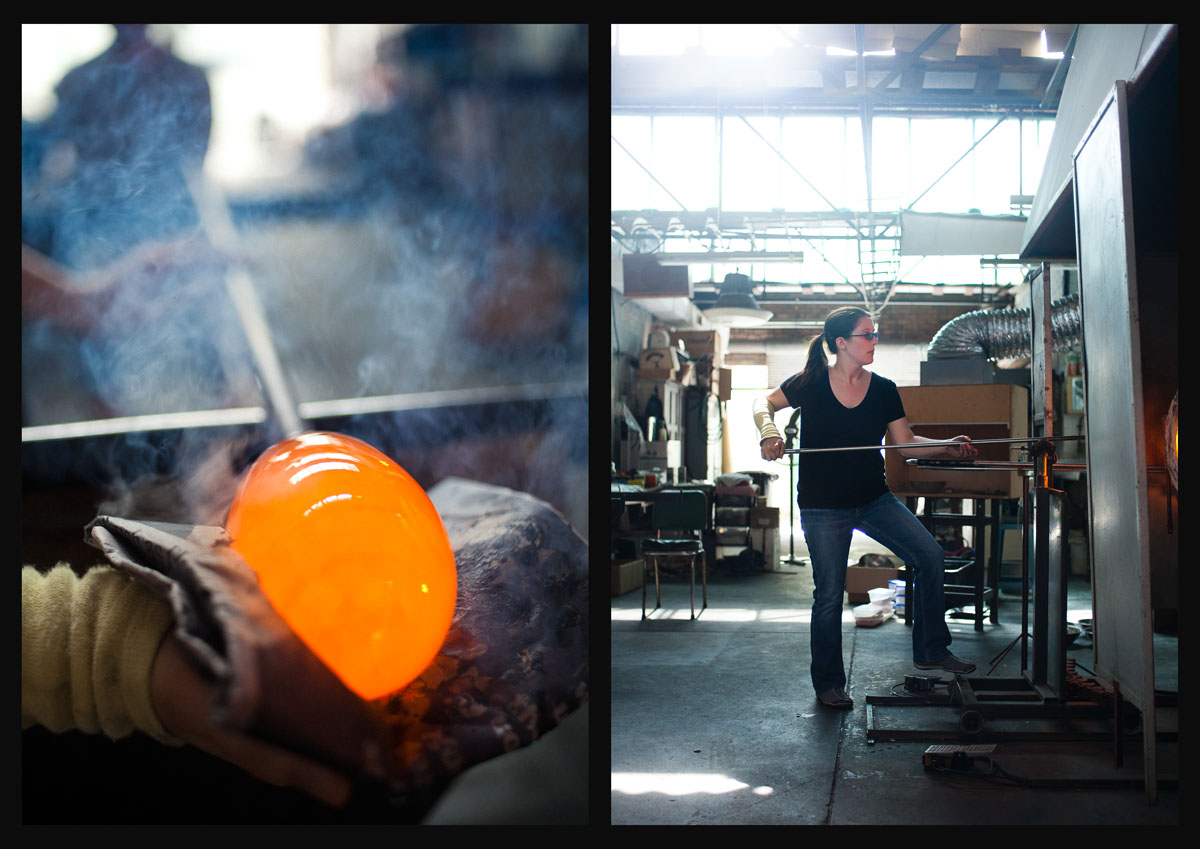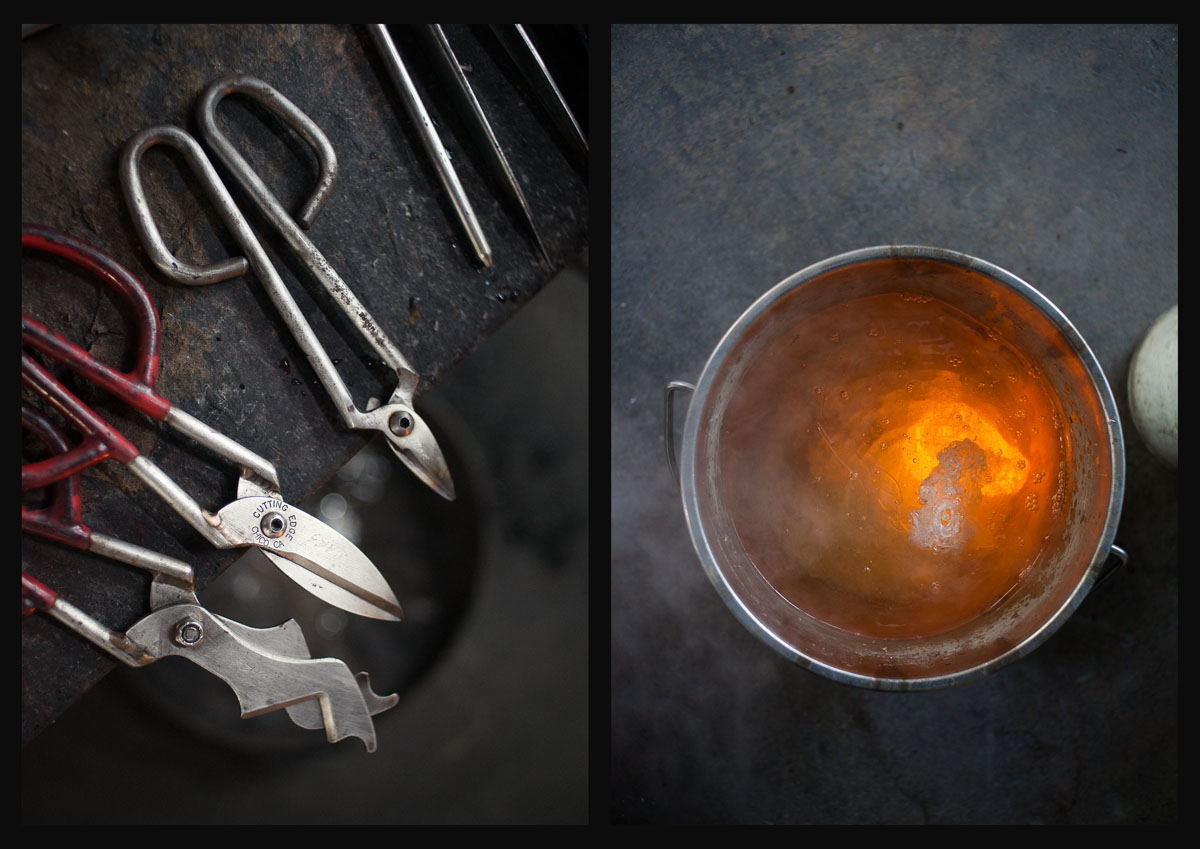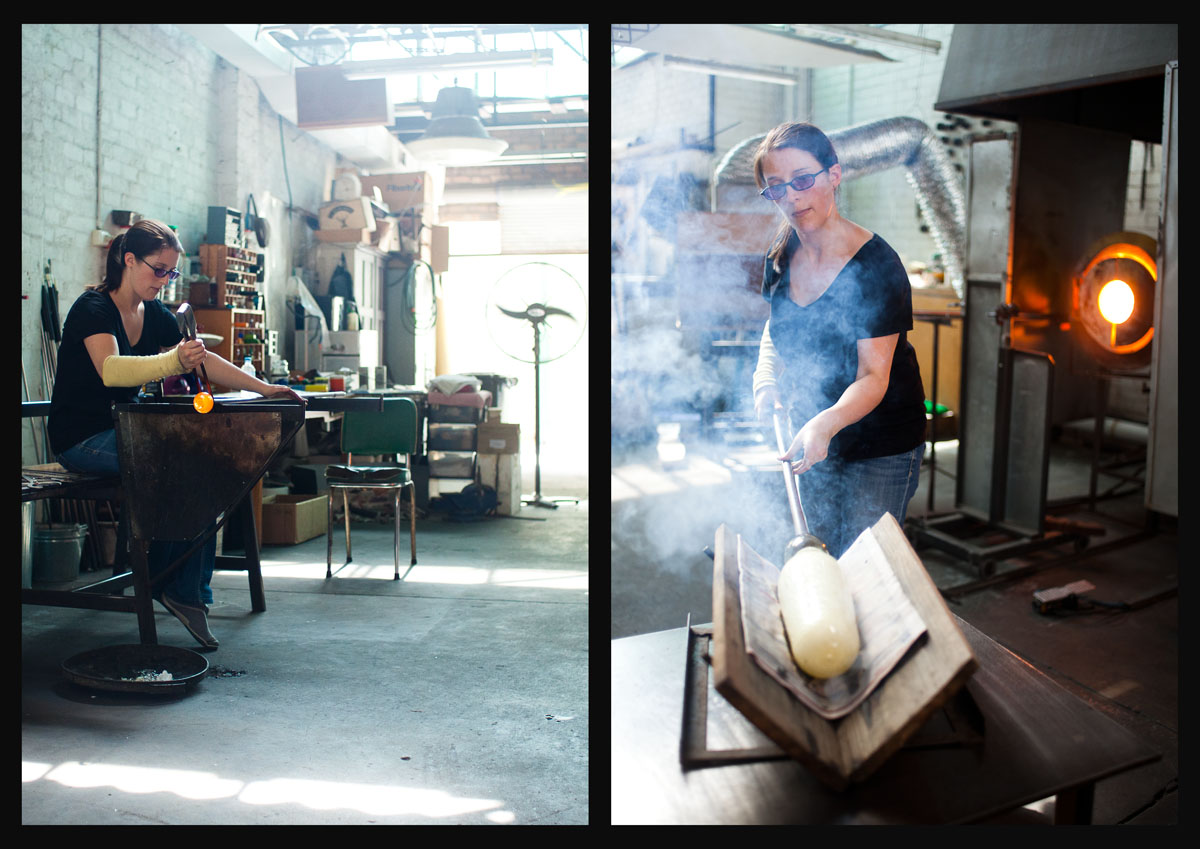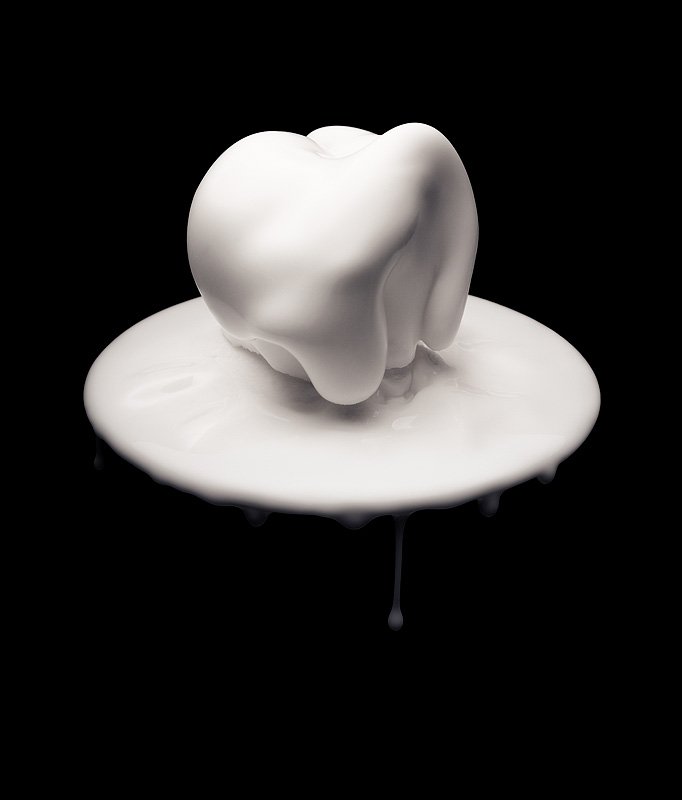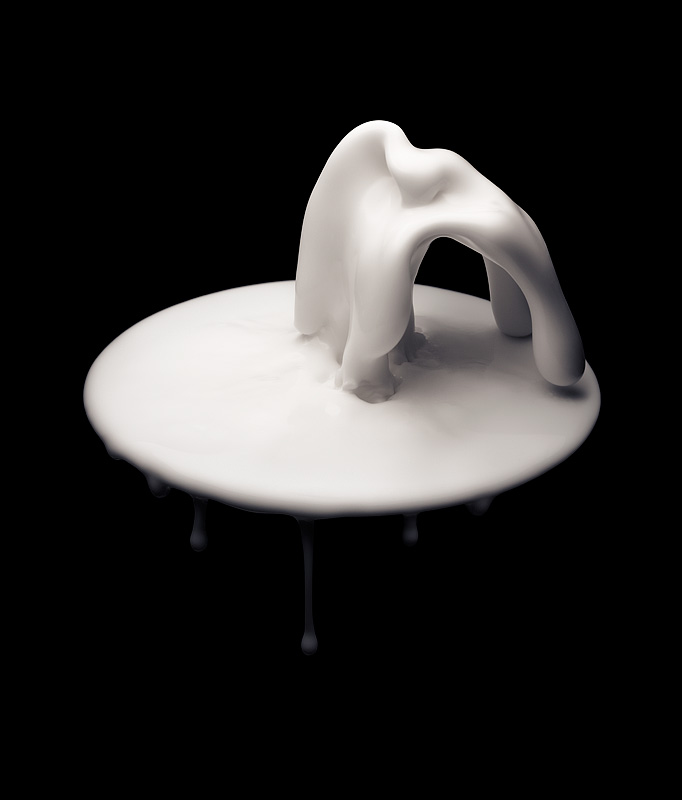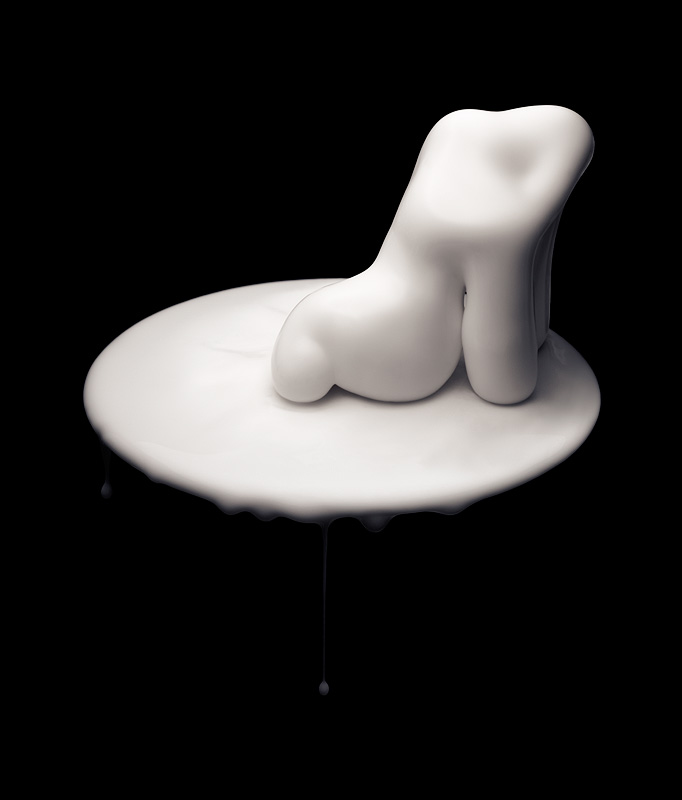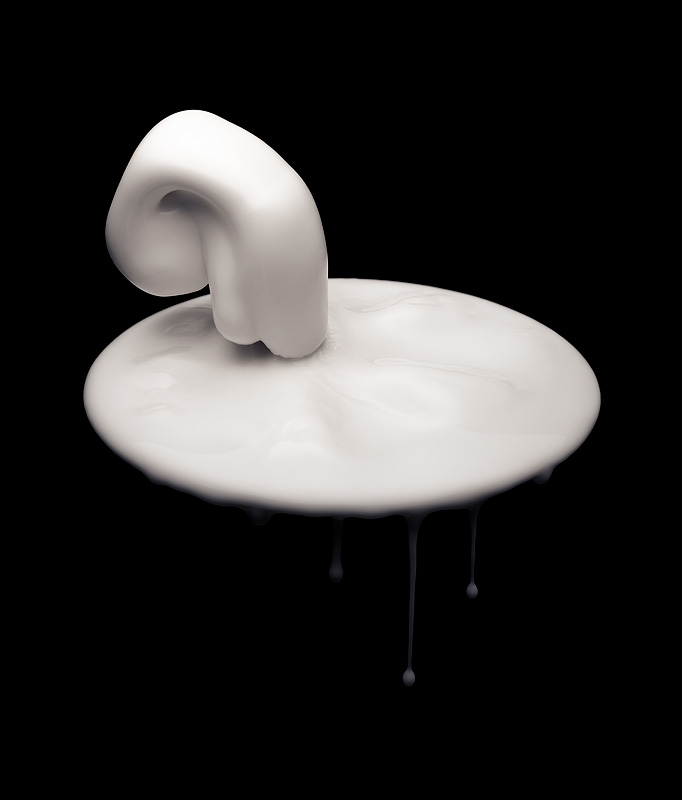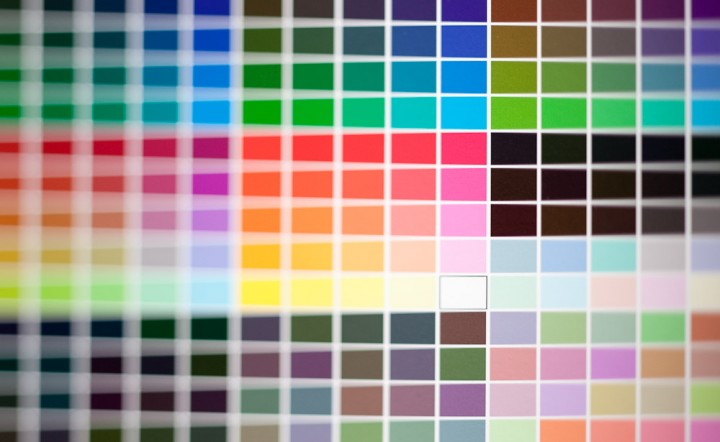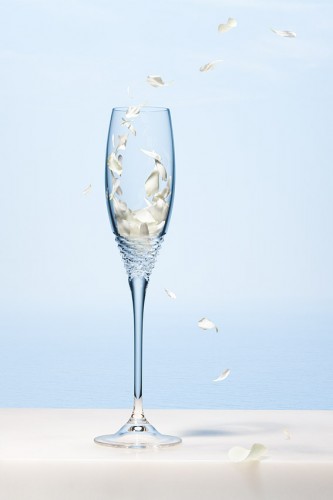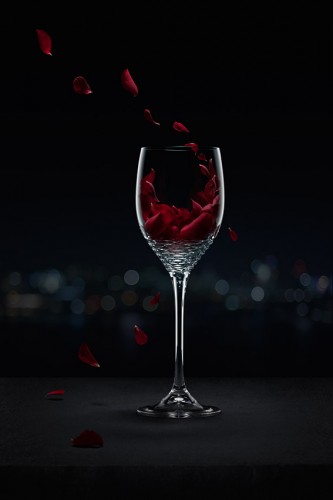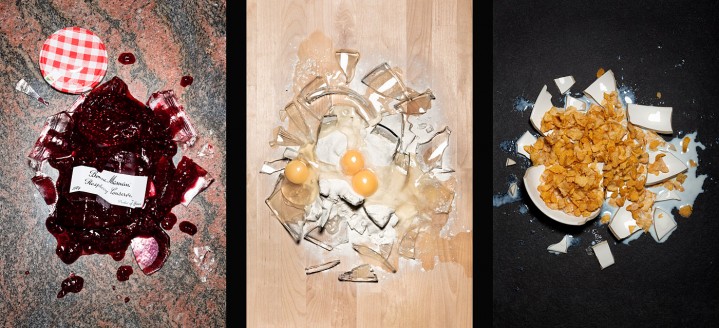Some stills from the studio of Mariella mcKinley as she produced some of her wonderful work.
New work – Fluid dynamics
These little creatures are my latest personal series. They aren’t quite sure of their place in the world yet, but they’re on their way to find out!
No CGI here – these photos were made with a sine wave generator, an audio amplifier, a speaker and a solution of cornstarch and water.
Cornstarch and water or “Oobleck” is an example of a Non-Newtonian fluid – A liquid that starts to behave like a solid when under stress, in this case a mechanical vibration caused by the speaker cone moving up and down forty times a second.
Here’s a quick bit of video I grabbed of the Oobleck in action, apologies for the substandard production values – this is a test for a more elaborate video project that is in pre-production at the moment.
Another messy but very fun shoot. I love nothing more than geeking out in the studio capturing some amazing visual phenomena!
New work – Daniel Emma
Just finished up a nice little series with the aid of product designers Daniel Emma, whose boundless excellence can be seen gently emanating from their beautiful old house near Port Adelaide, and thus far has made it’s way as far as London, Tokyo and New York. They recently picked up the 2010 Bombay Sapphire Design Discovery award – Hurrah!
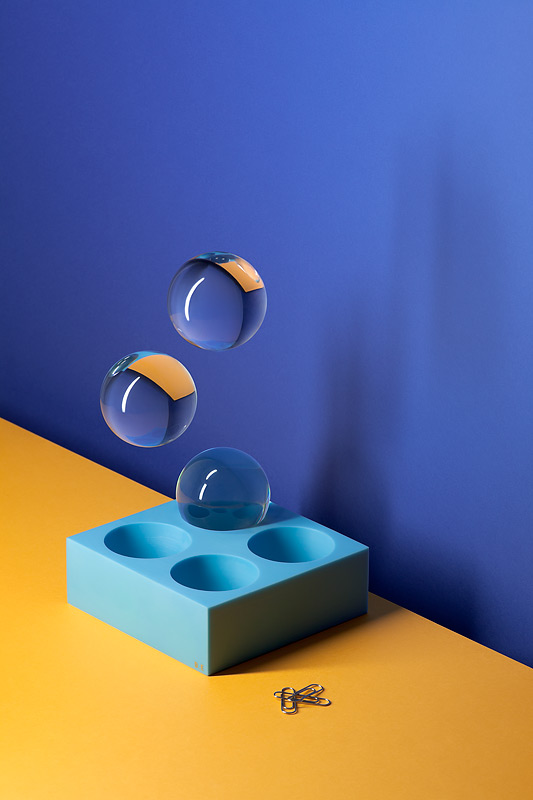
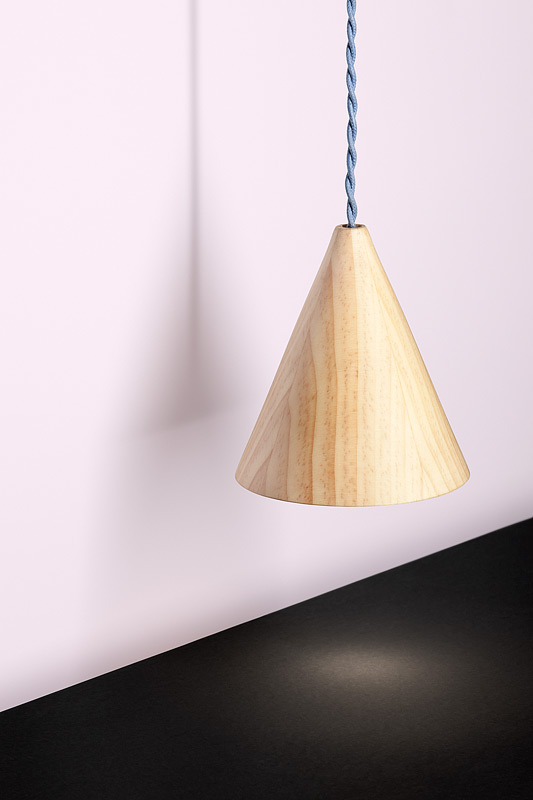
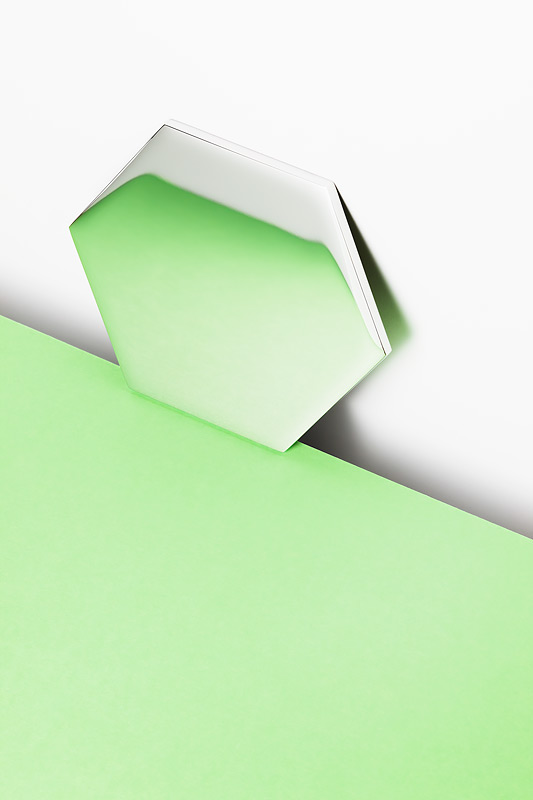
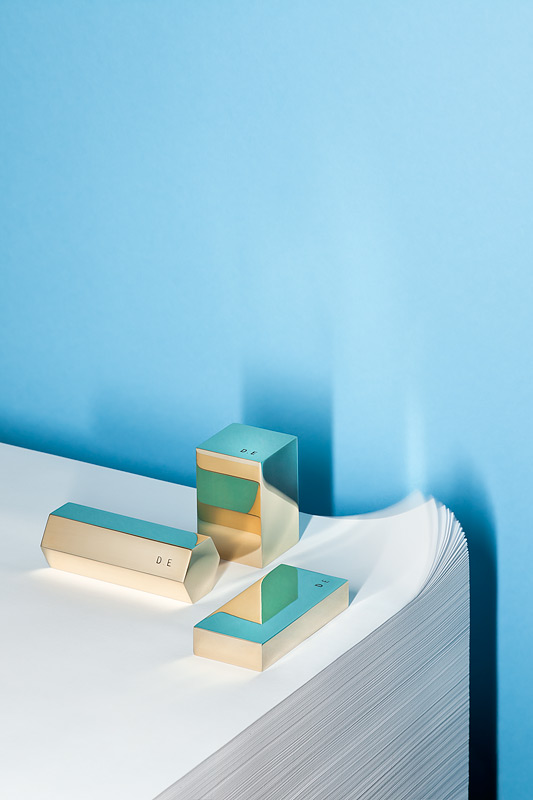
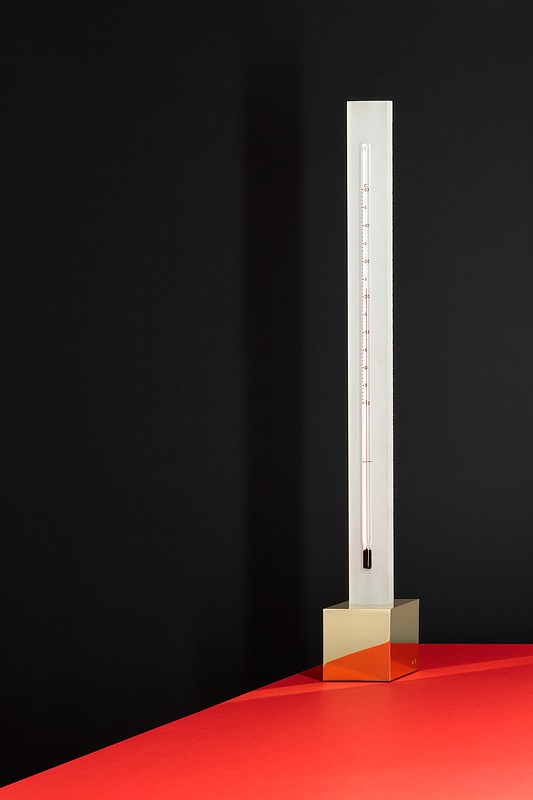
Amanda King – Glass artist
One of the great things about my job is that from week to week, I get to work with some astoundingly talented people. One such person, Amanda King, recently asked me to help document some of her work for an award submission.
I didn’t really know what to expect when I arrived, so you can imagine my delight when I saw this piece, perfectly situated on a wall in her studio:
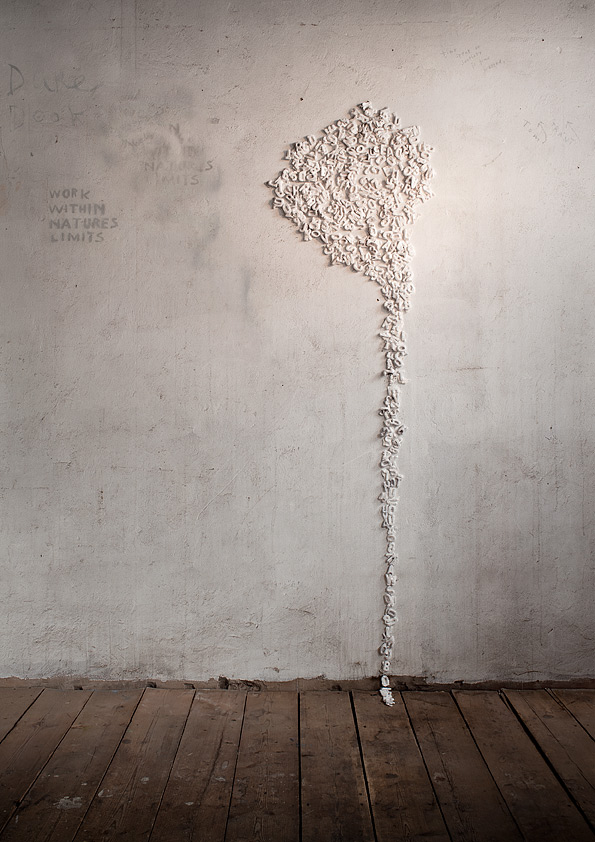
How easy can my life get! Point camera, set up lights, press buttons, look official, click. Job done.
Of course in reality nothing is ever that simple, but the joy of working with artists like Amanda is that the result becomes a real collaborative effort, and I get a huge thrill from seeing that together, with what I can bring to the task at hand we are able to do justice to that original spectacular vision.
Capturing Coffee
I love coffee. Can’t get enough of the stuff. I realised though, one day over my obligatory morning cup, that I had never really given it the attention it deserved, photographically speaking- espresso really is a spectacularly odd liquid, and the way it looks, changes and moves is marvelous when examined closely.
I set about planning a series of images that show the process from the bean to the cup, in pairs of light and dark images. I used my home espresso machine for the project as I know it well (although it has a few drawbacks as well – it’s a home machine after all) and set up in the studio with a light source capable of firing fast enough to stop the liquids in motion.
One of the challenges was finding a container to photograph the liquids in, I ended up building a very small aquarium out of optical glass flats, just big enough to hold a few shots of espresso. This worked brilliantly, but the temperature of the liquids meant there was of course quite a bit of condensation and steam to deal with in post production – a necessary evil, sadly.
It was alot of work, but I’m super pleased with the result.
I plan on adding some beautiful natural light shots of simple brewing equipment, along with a high-speed video sequence of espresso extraction when an opportunity arises to work with the right camera.
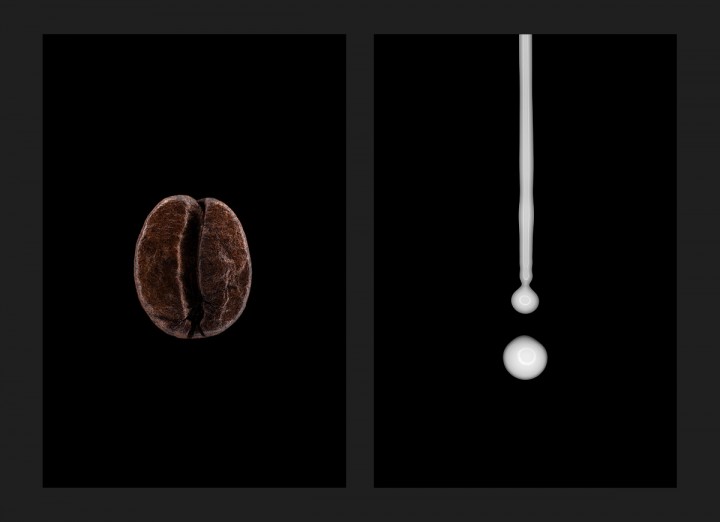
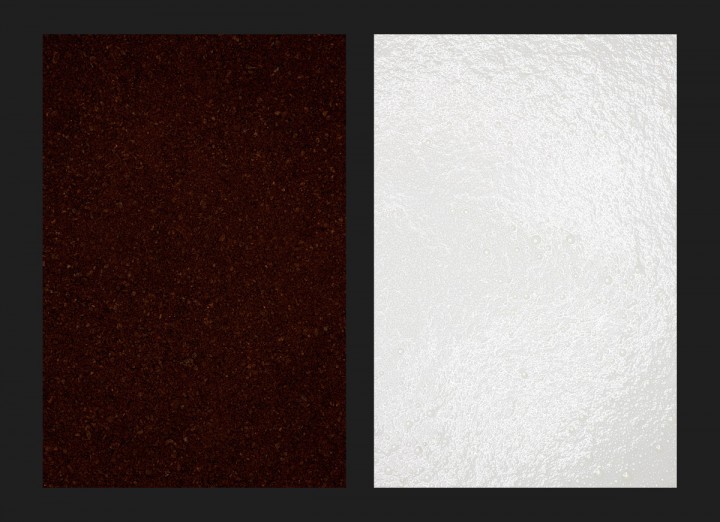
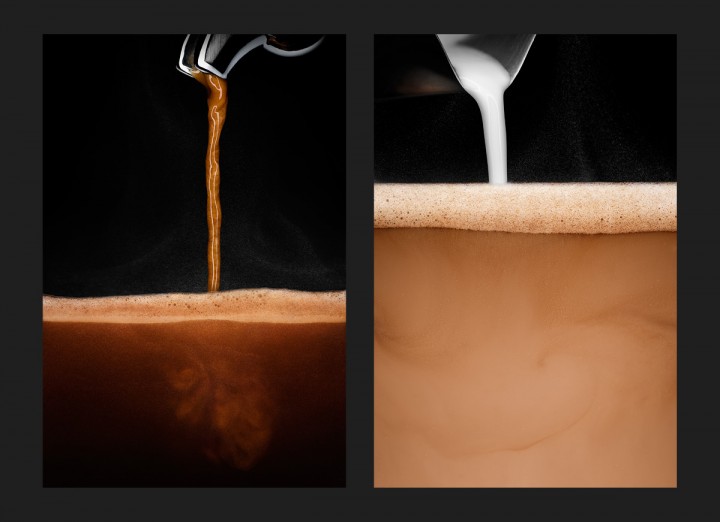
New promo image – Brilliance
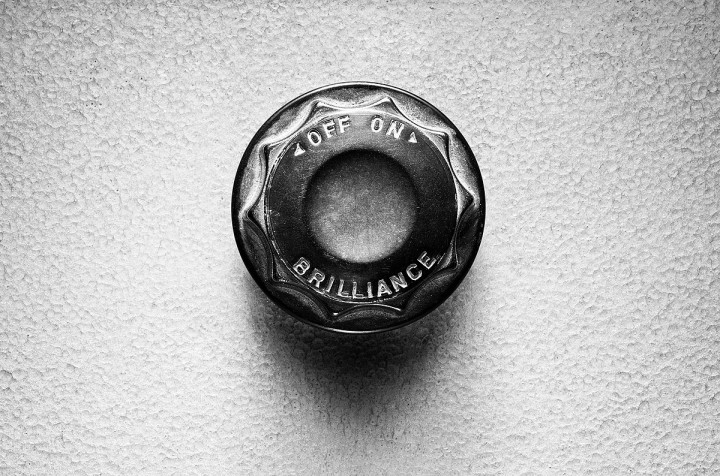
Start of a new series methinks, and it’s going on my new cards!
Now to find some more silly switches and dials…. any suggestions?
New work – Liquid petals
So here’s the fruits of last week’s labours: a pair of images featuring a line of crystal glassware.
The basic premise was to to create a feeling of a breezy summer day by the sea for the champagne flute, and a warm evening on a city terrace for the red wine glass. I was thinking of adding a liquid splash, but give it a bit of a twist by creating that motion and splash using flower petals.
I knew it was possible with some careful planning and some clever post work, so I set about shooting the static glass, and then gradually adding petals in motion which were frozen in flight with a Broncolor pack set to a short flash duration.
Careful blending of a few base exposures in post gave me a starting point for the liquid, and then around 30 petals were masked in for each image to create the shape of the pour.
I think the result links in well with the original concept of a summer’s day and evening by the sea, and the petals nicely suggest the motion of liquid being poured into the glass.
New work – Smashing!
Another in my series of “Three vaguely round things shot from above” (working title, ahem).
This shoot was criminally good fun, and although it was quite a challenge to break things in a visually interesting way, it was nice to be a bit haphazard with the styling to give it an ‘accidental’ feeling.
I wanted the look of the images to be almost forensic, lit like a crime scene. Could work as a coffee promo – I’m apt to do this sort of thing of a morning without a decent amount of caffeine!
And yes, I did eat a bit of the jam with a spoon, carefully avoiding glass shards. No point letting it all go to waste, I say!
